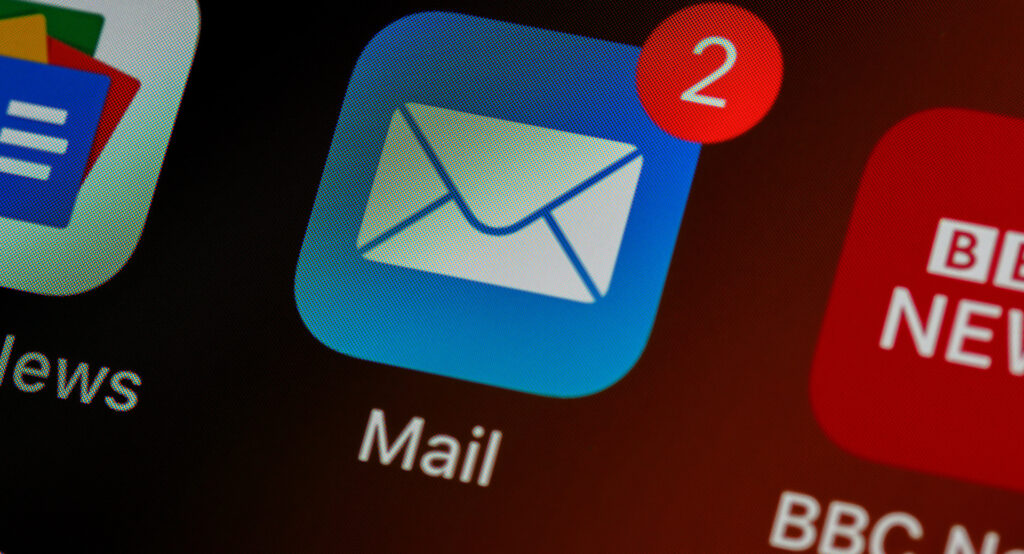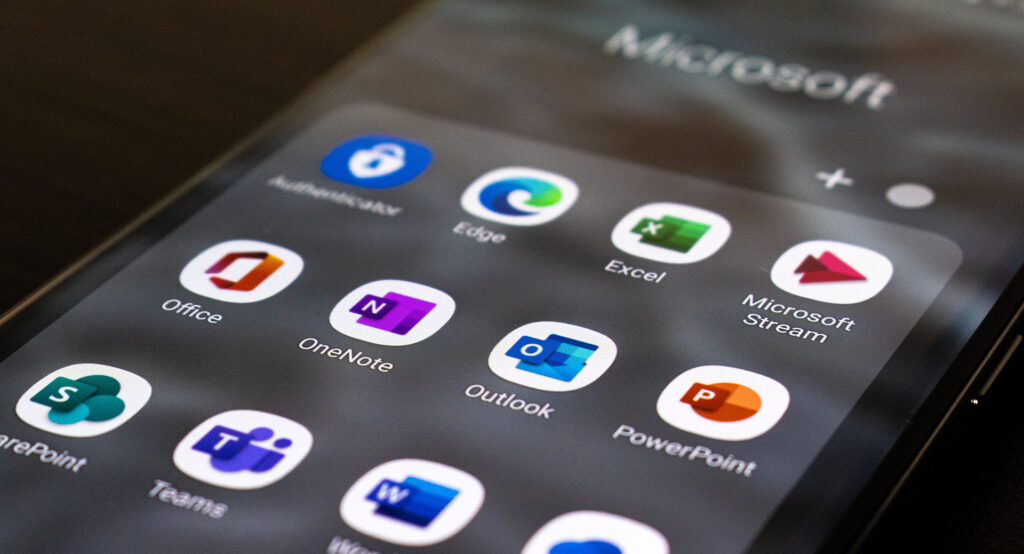16 Fascinating Facts About Hotmail You Need to Know
In the world of email service providers, one name that stood out during the early years of the internet was Hotmail.
It revolutionized the way people communicated and paved the way for modern-day email services.
In this blog post, we have compiled a list of 16 fascinating facts about Hotmail that will take you on a journey through its history and evolution.
From its inception in 1996 to its acquisition by Microsoft, we’ve covered it all.
So, sit back, grab a cup of coffee, and let’s delve into the world of Hotmail!
Hotmail was founded in 1996 by two Indian entrepreneurs, Sabeer Bhatia and Jack Smith.
1 Who were both Indian entrepreneurs based in California at the time. Bhatia was responsible for the technical aspects of the service, while Smith focused on the business side of things.
They launched Hotmail with the goal of providing a free, web-based email service that could be accessed from anywhere in the world. The service quickly gained popularity, and within a year of its launch, it had over 8 million users.
In 1997, Microsoft acquired Hotmail for an estimated $400 million, and it became part of the Microsoft Network (MSN) of services.
The name Hotmail was a play on the words “HTML” and “mail,” but it was not simply a combination of those two words.
2 Instead, Bhatia has said that he and Jack Smith brainstormed a list of over 300 potential names for the service before settling on Hotmail. They chose the name because it contained the word “mail” and also conveyed a sense of “hot” or “newness” that they felt would appeal to users.
So while the name Hotmail may have been influenced by the fact that HTML was used to write web pages, it was not chosen simply because it contained the letters “HTML.”
Hotmail was one of the earliest web-based email services, and it was among the first to offer free email accounts to users.
3 Prior to Hotmail, most people accessed their email through desktop email clients like Eudora or Microsoft Outlook. These clients required users to install software on their computers and configure their email accounts before they could start sending and receiving messages.
Web-based email services like Hotmail, on the other hand, allowed users to access their email accounts from any computer with an internet connection, without needing to install any software. This made email much more convenient and accessible, and it helped to popularize the use of email as a means of communication.
Hotmail’s success paved the way for other web-based email services like Yahoo Mail and Gmail, which have since become some of the most widely used email services in the world.
Hotmail was launched in 1996, and at the time, email services typically offered very limited storage space for free accounts, often less than 1 MB.
4 Hotmail’s initial offering of 2 MB of free storage was a significant increase over the competition and was one of the factors that contributed to its rapid growth and popularity in the early days of the internet.
In fact, Hotmail’s success was so great that it was acquired by Microsoft just a year after its launch. Over time, Hotmail (now known as Outlook.com) has continued to expand its storage capacity and now offers users 15 GB of free storage space.
Hotmail was acquired by Microsoft in 1997 for a reported $400 million.
5 At the time of the acquisition, Hotmail had over 8.5 million users, which was a significant user base for an internet-based service. Microsoft saw the potential of email as a key internet application and recognized the value of Hotmail’s user base and technology.
The acquisition of Hotmail helped Microsoft establish a strong foothold in the rapidly growing email market and paved the way for the development of other online services, such as Outlook.com and Office 365.
Hotmail was rebranded as Outlook.com in 2013, and its interface was updated to match that of Microsoft’s desktop email client, Outlook.
6 The rebranding was part of Microsoft’s efforts to unify its various online services under a single brand, and to offer a more consistent user experience across its products. The updated interface included a more streamlined design, improved functionality, and tighter integration with other Microsoft services, such as Skype and OneDrive.
The transition to Outlook.com was initially met with some criticism from users who were used to the Hotmail interface, but Microsoft worked to address these concerns and has continued to refine the service over time. Today, Outlook.com is a popular email service that offers users a range of features and tools for managing their email and staying organized.
Hotmail was also one of the first email services to introduce the concept of spam filtering.
7 In 1997, just a year after its launch, Hotmail introduced a feature called “Hotmail Filters,” which allowed users to create rules for automatically sorting incoming messages into different folders based on certain criteria, such as the sender’s email address or the content of the message.
This feature proved popular with users, and it also helped to reduce the amount of spam that was reaching their inboxes. Over time, Hotmail continued to refine its filtering technology and added additional features, such as a “Junk Mail” folder for automatically diverting suspected spam messages.
Today, spam filtering is a standard feature of most email services, but Hotmail was one of the pioneers in this area, and its innovations helped to establish the best practices and technologies that are still in use today.
Hotmail was available in several languages, including English, French, German, Japanese, and Spanish, among others.
8 As Hotmail grew in popularity and was acquired by Microsoft, the service expanded its language support even further. Today, Outlook.com (which was formerly Hotmail) is available in more than 100 languages, making it one of the most widely accessible email services in the world.
The availability of multiple languages has been an important factor in Hotmail’s success, as it has helped to make the service more accessible to users around the world and to foster greater connectivity and communication across different cultures and languages.
Hotmail was the first email service to allow users to choose their own email address, rather than being assigned one by the service.
9 When Hotmail was launched in 1996, most email services assigned users a username or email address based on their real name, which could be difficult to remember or spell correctly. Hotmail introduced the concept of using a unique username to create a personalized email address, which made it easier for users to create an email address that was easy to remember and share with others.
The ability to choose a custom email address proved to be a popular feature, and it quickly became a standard practice for most email services. Today, virtually all email services allow users to choose their own email address when signing up for an account, and many offer a variety of customization options, such as personalized domain names and email aliases.
Hotmail’s initial marketing strategy was to offer a free email service with advertisements, which helped it gain millions of users in a short period.
10 At the time of its launch in 1996, most email services were either paid or required users to subscribe to an Internet service provider (ISP) in order to access email. Hotmail’s free email service, which was supported by advertising revenue, was a game-changer and quickly attracted a large user base.
Hotmail’s advertising-based model allowed it to offer a valuable service to users at no cost, which helped to differentiate it from other email services and made it more appealing to consumers. The service quickly became popular, and within a year of its launch, Hotmail had attracted more than 8.5 million users, a remarkable achievement for a new technology service at the time.
Hotmail’s success paved the way for other free email services, such as Gmail and Yahoo Mail, which also rely on advertising revenue to support their operations. Today, free email services are ubiquitous, and they continue to play a vital role in how we communicate and stay connected in the digital age.
By the time Hotmail was acquired by Microsoft in 1997, the email service had already amassed an impressive user base of over 8.5 million subscribers.
11 This was a significant achievement for a new technology service at the time, and it helped to establish Hotmail as one of the most popular email services in the world.
Microsoft’s acquisition of Hotmail was a strategic move that helped to cement the company’s position in the emerging field of web-based email. Hotmail’s success gave Microsoft a valuable asset in the growing market for online services, and it helped the company to position itself as a leader in the Internet space.
Today, Hotmail is known as Outlook.com, and it remains one of the most widely used email services in the world, with hundreds of millions of users around the globe. The service has continued to evolve and improve over the years, and it remains a popular choice for individuals and businesses alike who are looking for a reliable, secure, and feature-rich email solution.
Sabeer Bhatia did go on to create several other successful companies after Hotmail.
12 In 1998, he co-founded Arzoo Inc., a customer relationship management software company that was later sold to Zoho Corporation. He also founded a venture capital firm called Hotmail Ventures, which focused on investing in early-stage technology startups.
Bhatia’s most recent venture is Sabse Technologies Inc., which he founded in 2007. Sabse Technologies is a cloud-based communication and collaboration platform that offers a variety of services, including video conferencing, messaging, and virtual events.
The original Hotmail logo featured a stylized envelope with a flame coming out of it, which symbolized the idea of sending and receiving messages quickly.
13 The envelope itself was meant to represent the traditional form of mail, while the flame added a sense of urgency and speed to the design.
The logo was created by a graphic designer named Kevin Fox, who was a friend of Hotmail co-founder Sabeer Bhatia. Fox was asked to create a logo that would convey the idea of “mail on the web,” and he came up with the envelope and flame design in just a few hours.
The logo proved to be a hit with users, and it helped to establish Hotmail’s brand identity as a fast, convenient, and modern way to send and receive email. Even after the logo was updated several times over the years, the envelope and flame design remained a recognizable symbol of the Hotmail brand for many users.
Hotmail was initially developed using a programming language called Perl, which was popular for web development in the 1990s.
14 Perl was known for its ability to handle text processing and string manipulation, which made it well-suited for building web applications that relied heavily on data input and output.
Hotmail’s founders, Sabeer Bhatia and Jack Smith, chose Perl as the programming language for the initial version of Hotmail because it was widely available, easy to learn, and offered many useful libraries and modules for web development. They also chose to use the Unix operating system and the Apache web server, which were both popular choices for web development at the time.
The choice of Perl as the programming language for Hotmail was significant because it helped to establish Perl as a popular language for web development, alongside other languages like PHP, Python, and Ruby. Today, Perl is still used by many developers for web development, although it has been largely superseded by newer languages and frameworks like JavaScript and Node.js.
Hotmail’s first employee was a programmer named Farhan Syed, who joined the company in 1996.
15 Farhan Syed was a key member of the Hotmail team and helped to develop many of the early features of the service, including the ability to send and receive email over the web. He was also responsible for building Hotmail’s first user interface, which was simple but effective.
Syed’s contributions to Hotmail were significant, and he went on to play a key role in several other successful startups in the years that followed. He is also credited with coining the term “webmail” to describe Hotmail’s innovative new service, which was one of the first web-based email platforms available to users.
The first email ever sent on Hotmail was a test message sent by Jack Smith to Bhatia himself. The message simply read “test message,” and it included instructions for how to reply to the message using the new web-based email system.
16 Bhatia has described the moment when he received the first email on Hotmail as a “magical” experience, as it was the first time he had ever received an email over the web. At the time, most people were still using traditional email clients like Eudora or Outlook, which required users to download and install software on their computers.
The fact that the first email on Hotmail was a test message is fitting, as it reflects the experimental and exploratory nature of the early days of web-based email. Hotmail was one of the first companies to try to create a viable email platform on the web, and its success helped to pave the way for many other web-based email services that followed.




It’s really a great and useful piece of info. I’m satisfied that you shared this helpful information with us. Please stay us informed like this. Thanks for sharing.